11 Tips to Reduce Employee Turnover, Increase Productivity, and Cut Costs

- What Causes High Employee Turnover?
- Why Is It Important to Reduce Employee Turnover?
- 1. Hiring the Best Fit
- 2. Training and Mentorship Programs
- 3. Optimal Workforce Utilization
- 4. Team-Building Activities
- 5. Recognition
- 6. Healthy Work-Life Balance
- 7. Employee Engagement
- 8. Room for Personal Growth
- 9. Performance Feedback
- 10. Employee Autonomy
- 11. Analysis
Every business wants to attract and retain the best talent in its industry. After all, a good business is run by good people. A high employee turnover not only costs the company a pretty penny, but it’s also demoralizing for the people who genuinely want to work for you.
The most successful businesses work hard to make their workforce feel appreciated and constantly look for new ideas for better employee retention. Here are some tips to keep your employees happy and engaged.
Let Us Help You with Engaging Your Employees!
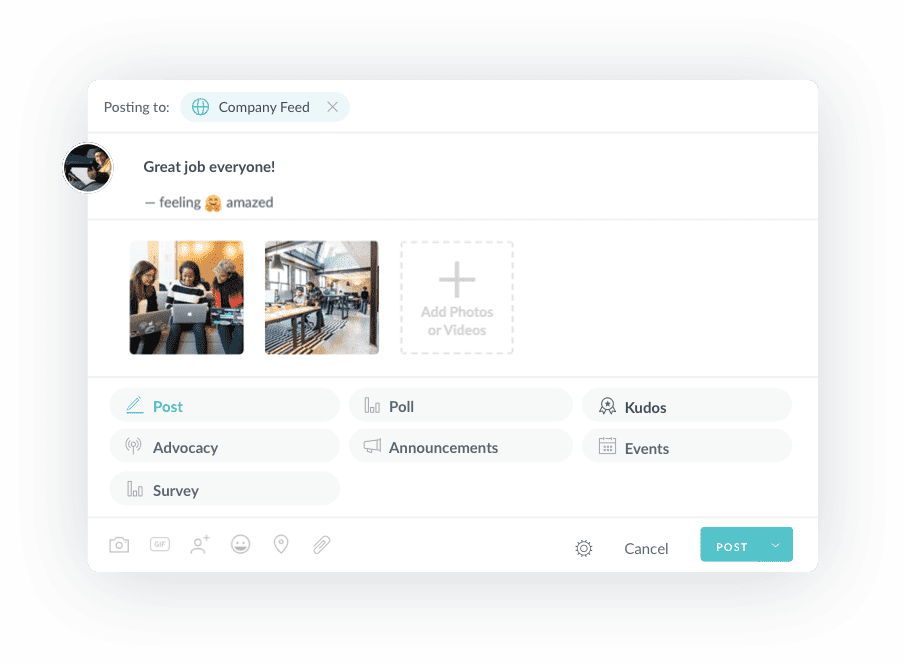
What Causes High Employee Turnover?
The best place to start is to understand what causes high employee turnover. Improve your exit process to identify the most prominent reasons employees decide to leave and work to rectify it.
Here are some of the most common causes of high employee turnover:
-
Not feeling recognized for their hard work or contributions
-
Feeling like a misfit in the team
-
Having an unhealthy work relationship with their manager
-
Not resonating with the work culture in the organization
-
Their day-to-day responsibilities are not what they expected when they joined
-
Not feeling adequately supported or trained to do their job
-
Feeling like there is a culture of favoritism or a toxic work environment
-
Low job security
-
Unhealthy work-life balance
-
No opportunities for progress in the company
-
Being paid less than their peers for the same job
-
Thinking the company isn’t doing well or is headed in the wrong direction
Why Is It Important to Reduce Employee Turnover?
Building a strong team with skilled people who have the proper knowledge and experience is essential to any business. If you have the best talent pool, you can deliver the best results in every project.
However, attracting the best talent is often easier than retaining them. A high employee turnover can prove costly for your business. The average cost of replacing an employee is 1.5 to 2 times the annual salary of the job position.
Besides, a high turnover affects productivity and morale. It creates a company culture where no one wants to work with you for very long.
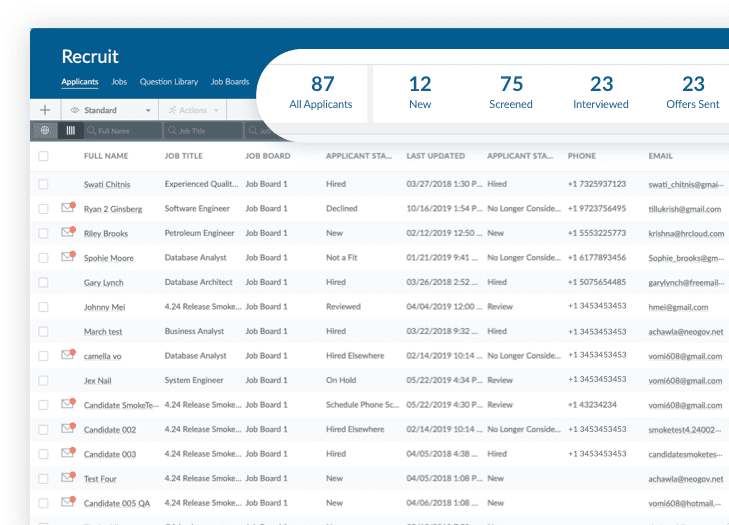
1. Hiring the Best Fit
Hiring should be a well-thought-out process. Do not recruit in a hurry just to fill a position. Recruitment should be meticulously planned by identifying the skill gap and hiring the required talent.
Hiring staff with planning and preparation can help your organization avoid a shortage or excess of resources. It will also give your company a reliable, high-quality resource pool that delivers on client expectations. People who are a good fit in their job role will perform well and be happier, more satisfied employees.
Smart recruitment strategies help you find employees who are the best fit for the role. Organizations often use applicant tracking systems to effectively and efficiently manage hiring processes.
2. Training and Mentorship Programs
Employees who feel inadequately trained will have low job satisfaction and may be frustrated. Conducting regular training and having a mentorship program in place will ensure that your employees are always well-prepared for their job. It can also help keep your employees on the same page as the management.
New hires should be given thorough training before they start working. A good training program is an investment that develops your employees into future managers and leaders. Design your training programs to help your employees progress and gain industry knowledge. Training can equip them to take on more significant roles and find value in the workplace.
3. Optimal Workforce Utilization
Overutilizing an employee can adversely affect their work-life balance and lead to burnout. However, underutilizing an employee can lead to disengagement and a negative attitude. Optimally utilizing your workforce is essential to use your employees’ skills to their maximum potential.
It’s also essential for job satisfaction. Working on a project where their skills are relevant and valued helps boost employee morale. Productivity goes hand-in-hand with workforce utilization. Managers can use dashboards that track and improve employee utilization levels.
4. Team-Building Activities
For greater team bonding, performing team-building exercises like informal meetings, outings, team lunches, and fun contests helps colleagues build meaningful friendships with each other.
Organizing practical and fun team-building activities builds strong bonds among colleagues. People who feel connected and friendly with their team members are more likely to stay with the company than those who feel disconnected.
According to GoRemotely’s Workplace Collaboration Statistics, teams that value interpersonal relationships can see up to a 21% increase in profitability.
The buddy system (adapted from defense forces) is an excellent example of a team-building exercise. When new employees join, they are assigned a mentor or a ‘buddy’ from the same team. It facilitates hand-holding, training, and integration of the new employee into the company.
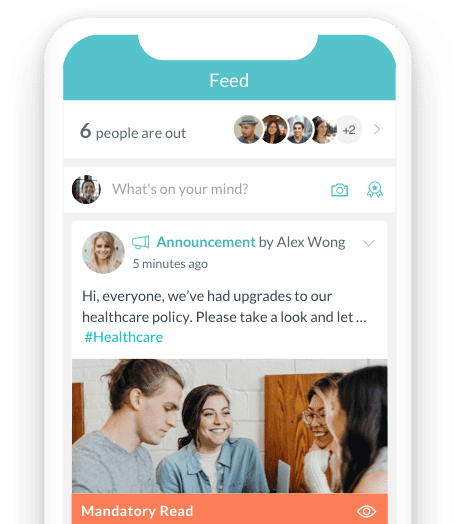
5. Recognition
Employee rewards and recognition are great ways to boost employee morale and reduce employee turnover. Even a small thank-you note from a superior or employee rewards every quarter can help employees feel appreciated for their hard work.
Another way of recognizing an employee’s efforts is to give them new opportunities and responsibilities. Managers who can incite positivity among their team members can engage with them better.
Receiving recognition reinforces an employee’s wish to remain with the organization for longer. Peer-to-peer recognition programs are also very successful in reducing employee turnover.
6. Healthy Work-Life Balance
Everyone wants a balance between their personal and professional life. Working on weekends or beyond office hours prevents employees from attaining a healthy work-life balance. It may lead to burnout or prompt employees to look for other job opportunities.
Understandably, this trend is more pronounced among older employees, those who are married, and those who have children.
Promoting flexible schedules allows employees to adjust their work timings to suit them. Giving the option to work remotely at least a few times a week can reduce commuting time and improve the work-life balance for your employees, and it also eases pressure on mental health issues.

 Try Out Our
Try Out OurEmployee Engagement Software For Free
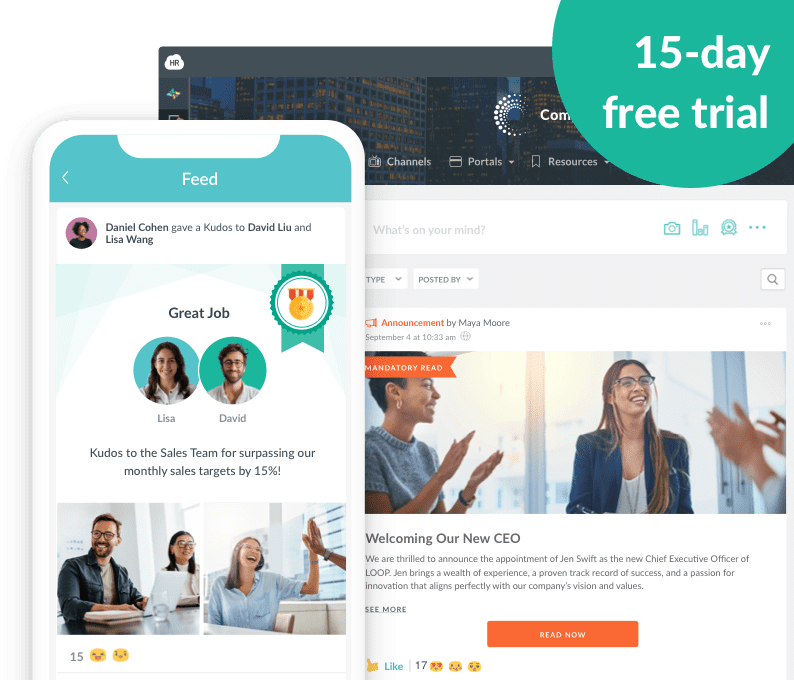
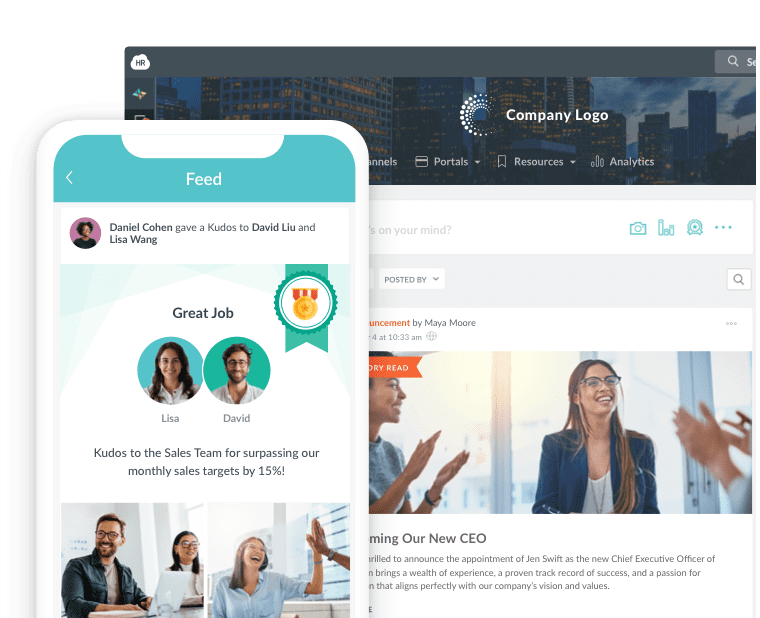
7. Employee Engagement
Higher employee engagement directly translates to employee retention. Workplace relationships are an excellent place to start employee engagement efforts. A person’s relationship with their manager profoundly impacts employee engagement.
Companies that discover and cultivate individual employee motivations usually have the most successful employee engagement programs. Employee engagement surveys and focus groups through employee apps help the management evaluate the results and improve engagement.
8. Room for Personal Growth
Is your organization creating opportunities for your employees to grow and learn new things? Most employees would be happy to work at a company where they get opportunities to strengthen their existing skills and build new ones. Design training programs that utilize your employees’ time in the best possible way.
Upskilling your employees allows them to take on new responsibilities and perform better in their roles. It also provides the company with the skilled staff it needs to meet evolving business needs.
If you can match the upskilling process with defined job roles in your organization, it makes it easier for employees to find internal positions to progress in their careers. At the same time, making it easier for the organization to source talent for new posts.
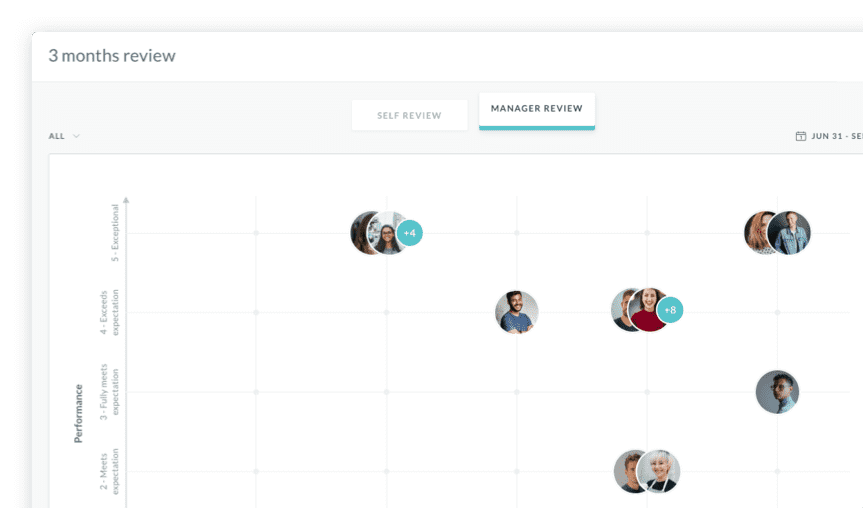
9. Performance Feedback
Employees who feel criticized or uninspired after a performance review are most likely to look for a new job. Infrequent and unproductive performance reviews are a recipe for high employee turnover.
Create a performance review process that is collaborative, inclusive, and dynamic. Changing performance reviews to be continuous helps improve the relationship between an employee and a manager by enhancing communication.
Your performance review system should recognize the goals and KPIs of every employee, link them to actionable metrics, and provide rewards for good performance.
10. Employee Autonomy
Providing employees control over their jobs helps create employee autonomy. Better employee autonomy promotes creativity, critical thinking, originality, innovation, and engagement. Even if procedures constrain the job role, any increase in autonomy will help improve employee morale and engagement.
Improving employee autonomy allows your team to decide how and when to complete their work. The freedom to control their work and responsibilities promotes performance and reduces employee turnover.
11. Analysis
An essential aspect of employee retention is to be aware of employee turnover trends and take action before the problem gets out of hand.
Analyze your turnover numbers year on year to find the cause for the churn. Investigate top-performer turnover trends and break-ups according to business units, geography, and demographics.
Taking a long, hard look at this data will help bring out valuable insights into the causes of high employee turnover in your company. Rectify your talent management strategy according to that to reduce employee turnover.
An excellent way to do this is to adopt a cloud-based human resources software that collects and analyzes HR data. A good HRM software can help you get a bird’s eye view of talent trends, performance tracking, skills gaps, and training statistics. It can help find better ways to get your employees engaged and help you create an improved employee experience to attract and retain the best talent in the industry.
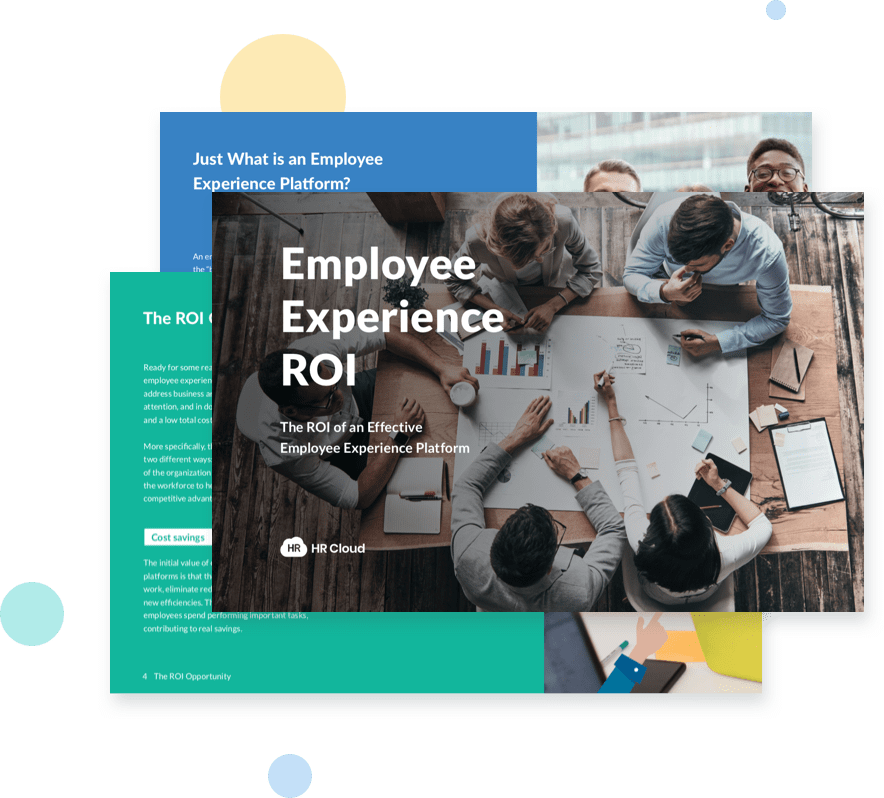
About Author:
Kelly Barcelos is a progressive digital marketing manager specializing in HR and is responsible for leading Jobsoid’s content and social media team. When Kelly is not building campaigns, she is busy creating content and preparing PR topics. She started with Jobsoid as a social media strategist and eventually took over the entire digital marketing team with her innovative approach and technical expertise.
Keep Reading
Balancing Technology and the Human Touch in Employee Engagement
Companies are taking employee engagement very seriously because it is one of the ways of
Building Strong Teams: The Power of Team Bonding Exercises
Never overestimate the power of collaboration as a core element of effective team

